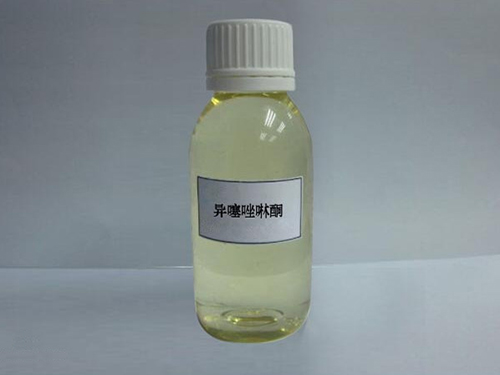Synthesis and Applications of Amino Tri Methylene Phosphonic Acid in Modern Chemistry
Amino Tri Methylene Phosphonic Acid An Overview
Amino tri methylene phosphonic acid (ATMP) is a highly versatile chemical compound widely recognized for its applications in various industrial sectors. This phosphonic acid derivative has garnered significant attention due to its chelating properties and its effectiveness as a scale inhibitor, dispersant, and corrosion inhibitor. In this article, we will delve into the properties, applications, and significance of ATMP in today's industrial landscape.
Chemical Structure and Properties
The chemical structure of amino tri methylene phosphonic acid consists of three methylene groups, each linked to a phosphonic acid functional group, and an amino group
. This unique arrangement endows ATMP with numerous functional capabilities, allowing it to interact with metal ions, thereby preventing scale formation and enhancing the stability of various formulations.ATMP is characterized by its high solubility in water, stability under various pH conditions, and its ability to form stable complexes with metal ions. Its molecular structure allows for effective chelation of divalent and trivalent metal ions, such as calcium, magnesium, and iron, which are often responsible for scaling in industrial systems.
Applications
1. Water Treatment ATMP is primarily used in water treatment applications, where it prevents scale formation in cooling towers, boilers, and other water systems. By chelating metal ions that contribute to scale, ATMP ensures efficient heat exchange processes and reduces the need for frequent maintenance, thereby extending the lifespan of equipment.
2. Oil and Gas Industry In the oil and gas sector, ATMP serves as a corrosion inhibitor and scale remover in various operations, including drilling and production. Its ability to control scale deposition is crucial for maintaining flow rates and equipment efficiency, leading to enhanced resource recovery.
amino tri methylene phosphonic acid

3. Fertilizers ATMP is also utilized in the agricultural industry, primarily in the formulation of fertilizers. The chelating properties of ATMP help to stabilize essential nutrients, such as iron and other micronutrients, ensuring their availability to plants. This enhances nutrient uptake and promotes healthier crop growth.
4. Household Cleaning Products The versatility of ATMP extends to household cleaning products, where it functions as a water softener. By binding to metal ions in hard water, ATMP helps improve the efficiency of detergents and enhances the overall cleaning performance.
Significance and Environmental Considerations
The significance of amino tri methylene phosphonic acid extends beyond its functional applications. As industries strive to minimize their environmental impact, the use of ATMP presents an opportunity to achieve more sustainable practices. Its effectiveness in preventing scale and corrosion leads to reduced chemical waste and less frequent need for maintenance chemicals.
Moreover, ATMP is considered safer than some traditional phosphonates, as it has a lower potential for bioaccumulation and environmental toxicity. This positions ATMP as a preferable alternative in ecologically conscious formulations.
Conclusion
Amino tri methylene phosphonic acid is a compound of remarkable versatility, playing a crucial role in various industries, from water treatment to agriculture. Its unique properties enable it to function effectively as a chelating agent, scale inhibitor, and corrosion inhibitor, contributing to improved operational efficiency and sustainability. As industries continue to evolve towards greener practices, the importance of compounds like ATMP will undoubtedly grow, marking its significance in the future of industrial applications. Understanding and leveraging the capabilities of ATMP may lead to advancements that align with both economic and environmental goals, highlighting the importance of this phosphonic acid in a wide array of applications.
-
Understanding Polycarboxylic Acids: Properties, Applications, and Future PotentialNewsJul.28,2025
-
Scale Inhibitor Explained: How to Protect Your System from Limescale and Hard Water DamageNewsJul.28,2025
-
Scale and Corrosion Inhibitors: Essential Chemicals for Industrial Water System ProtectionNewsJul.28,2025
-
Polyaspartic Acid: A Biodegradable Polymer for Sustainable ChemistryNewsJul.28,2025
-
Isothiazolinones: A Versatile Antimicrobial Class with Industrial Power and Regulatory ChallengesNewsJul.28,2025
-
A Deep Dive into 2-Phosphonobutane-1,2,4-Tricarboxylic Acid (PBTC)NewsJul.28,2025





